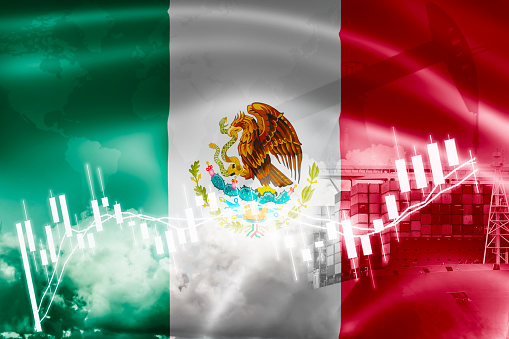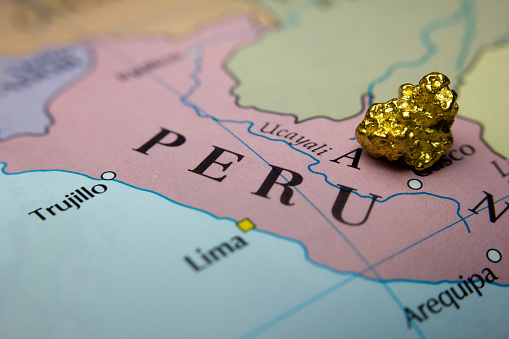Inflation and the Mexican Economy
The Mexican government has devised an economic development strategy based on three goals: strengthening domestic consumption through social programs, promoting financial inclusion, and increasing private investment in strategic sectors. It also plans to increase exports through the reconfiguration of global value chains. These goals will be achieved through the combination of economic growth and the implementation of new policies.
Mexico’s economic growth
Inflation is disrupting Mexico’s economic recovery and reducing consumers’ purchasing power, resulting in a deterioration of real wages. The country’s general inflation rate rose to 7.65% in May, its highest rate in more than two decades. Inflation pressures have increased in goods and services, with the fastest growth occurring in food prices.
In recent years, Mexico’s economy has grown at an annual average rate of 2.1 percent, despite the complicated international environment. Responsible economic, financial, and commercial policies are aimed at strengthening the domestic market and stimulating private investment in strategic sectors. Other elements of Mexico’s economic development strategy include strengthening consumption, promoting financial inclusion, increasing public investment, and improving trading relations with other countries.
The economy recovered strongly from a sluggish start in 2019, though there are several reasons to be cautious. In the first quarter of 2022, Mexico’s GDP grew by 3.6 percent, compared to the previous quarter’s 0.1 percent. However, this figure masks considerable variation in growth across the economy. While industrial and agricultural activities accounted for most of the growth, services and other economic sectors continued to struggle. Mexico’s economic growth outlook for 2022 is not very promising, with the consensus estimate for growth at 2.1 percent.
The author’s main concerns about Mexico’s economic growth are governmental governance, inflationary pressures, and public insecurity. In addition, Mexico’s tax structure is not stable and the relationship between public and private investments is weak. The author also cites several problems with the country’s internal policies, including the lack of sound monetary policy and weak enforcement of the rule of law.
The economy of Mexico is largely reliant on trade and international economic agreements. Its $2.4 trillion economy is the eleventh largest in the world and is increasingly focused on manufacturing. However, Mexico’s per capita income is roughly one-third that of the US, and income distribution is highly unequal. The US is Mexico’s largest trade partner and the third largest source of imports. Two-way trade in goods and services was estimated at $623 billion in 2017.
Agriculture
In Mexico, agriculture provides 80% of household income. The production of flowers and ornamental plants, as well as vegetables and tuna, supply the markets of Mexico City. In summer, these products generate 100% of household income. Similarly, if we look at the country’s agricultural sector over time, we see that it has experienced many improvements, but it is still in need of more investments. IFAD has been involved in the country since 1980, investing 185.2 million in 10 different programmes. During this period, 143205 households have benefited.
The population of agriculture is heterogeneous, and the majority is migrant. It is important to recognize that the Mexican agriculture system is an adaptation of the urban environments. While the chinampa model has many benefits, it has several limitations, and the system’s social structure makes it difficult to duplicate. Furthermore, other urban agricultural systems, such as the tuna and nopal systems, would also require cultural components.
The government’s agricultural policies have largely been centralist, relying on one institution to manage the sector, and have often overlooked more traditional forms of production. Instead, the government seeks to establish modern, technologized systems of production that are more dependent on external inputs. For example, the government proposed creating a complex pig producing district, consisting of 21 units spread over four Federal District delegations, each with its own pigs, with an annual production of 39,000 pigs. This district would have supported three hundred and sixty families and produced about three tons of pigs per year.
The federal government supports the agricultural sector in rural areas, but its support is limited. In urban areas, it is concentrated in the peri-urban and sub-urban spaces. Even in these areas, existing production is illegal or non-existent. In the city, the urban area has significantly expanded since the dairy district was located in the southeast.



